Relying on public charging stations for electric vehicles comes with its fair share of challenges. While they offer convenience for some, there are several drawbacks that can make the experience less than ideal. From long wait times to inconsistent charging speeds, understanding these issues is key to navigating the growing world of electric transportation. Here are 16 of the most common downsides to consider.
Contents
Limited Availability
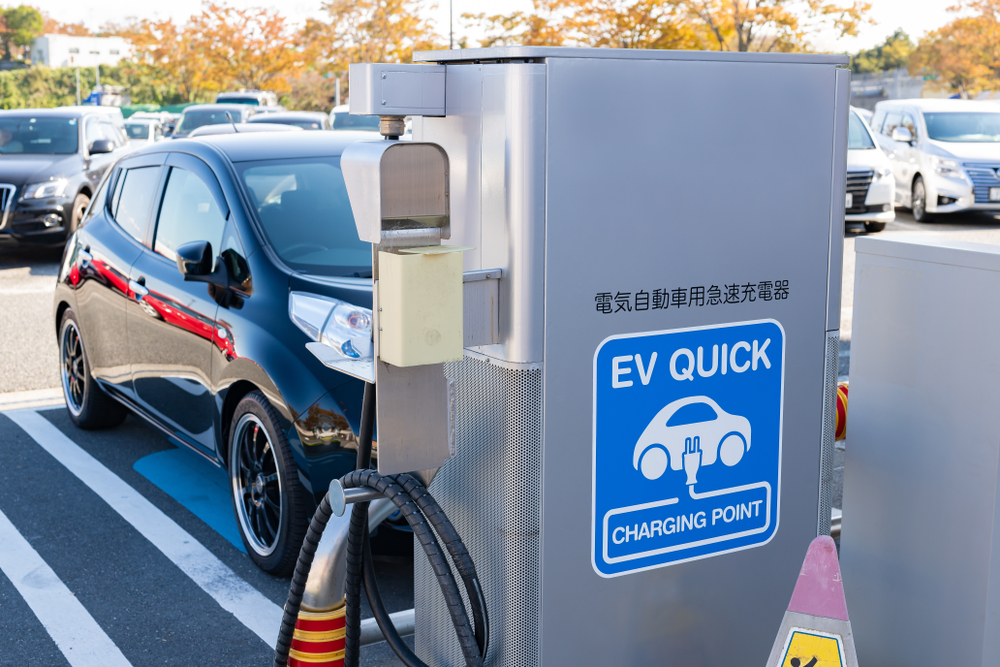
Unlike gas stations, public charging stations are not evenly distributed, making them hard to find in many areas. While urban centers tend to have more chargers, rural or remote locations may have little to no options. This inconsistency complicates long-distance travel, especially for drivers needing a recharge in less populated regions. As a result, EV owners must carefully plan their routes around charging station availability.
Long Charging Times
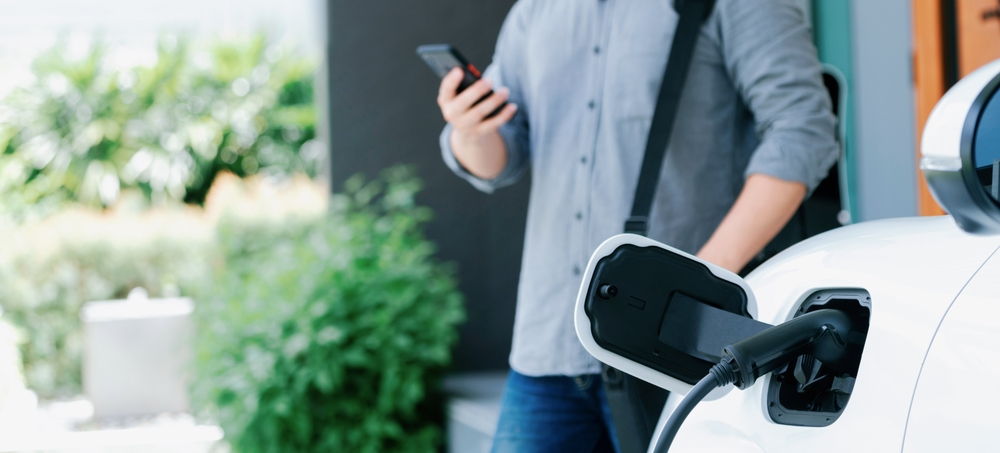
Charging an electric vehicle takes significantly longer compared to filling up a traditional car with gas. Even at fast-charging stations, a substantial charge can take 30 minutes to an hour, while regular chargers may take several hours. For drivers in a rush, this extended wait time can be a major inconvenience. Unlike at home where overnight charging is possible, public charging often requires scheduling extra time during the day.
High Demand Leading to Wait Times

With the growing number of EVs on the road, public charging stations are frequently overcrowded, leading to long lines. Drivers may find themselves waiting for an available charger, particularly during peak hours or at popular locations. In areas where charging infrastructure hasn’t kept up with demand, this problem becomes even more pronounced. Consequently, this delay can turn a simple recharge into a lengthy ordeal.
Inconsistent Charging Speeds
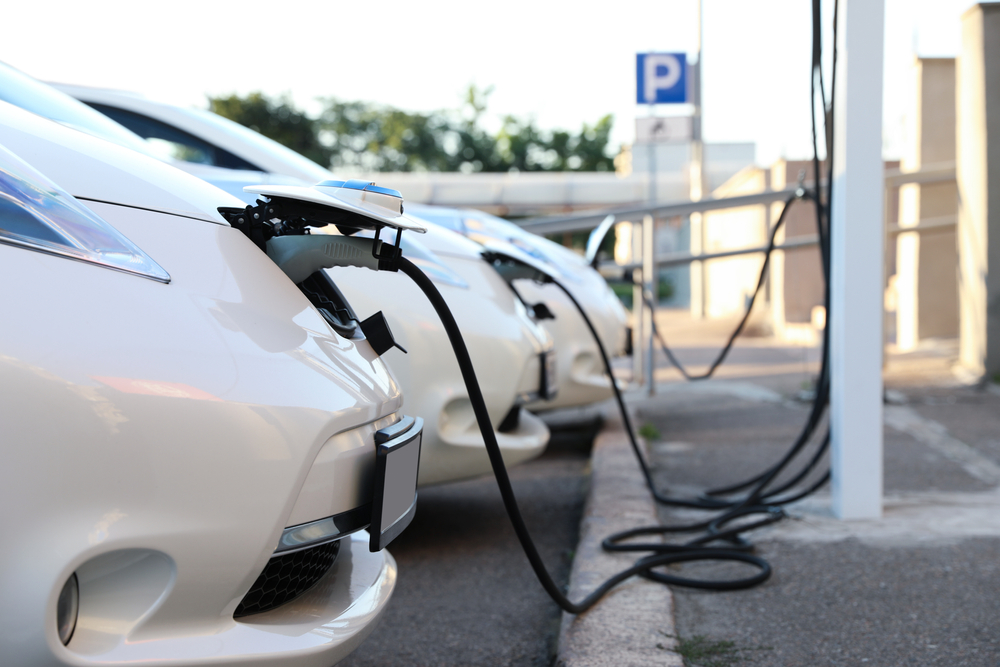
Not all public charging stations provide the same speed, and this inconsistency can be frustrating. Some locations only offer slower Level 2 chargers, while others have fast chargers, leaving drivers uncertain about how long a charge might take. Without a standardized system, charging times can vary dramatically depending on the station. This unpredictability makes trip planning more difficult for EV owners.
Varying Costs
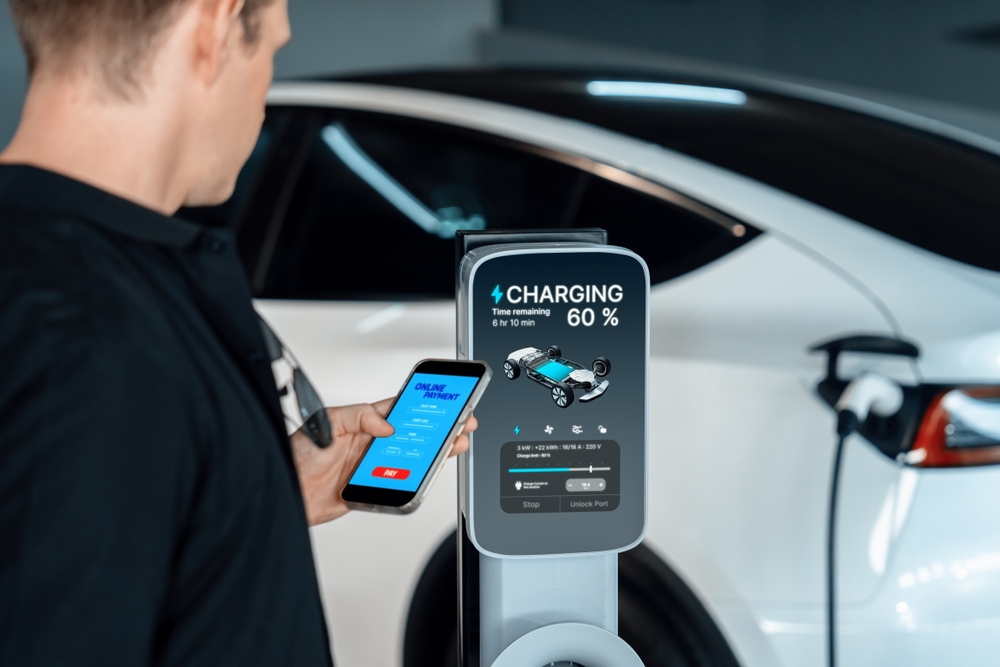
Public charging prices are far from standardized, with costs varying based on the provider, location, and charging speed. Some stations charge by the kilowatt-hour, others by the minute, and prices can fluctuate depending on local electricity rates. This lack of consistency makes it harder for EV owners to predict their charging expenses. Moreover, fast chargers are often more expensive, adding an extra financial burden for those in need of a quick charge.
Risk of Malfunctions
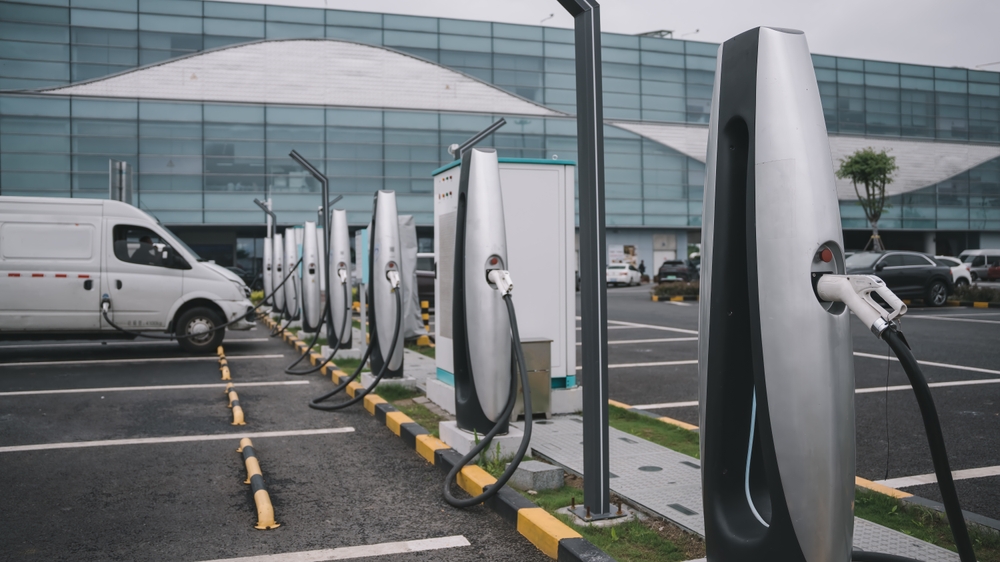
Public charging stations are prone to technical malfunctions, such as faulty connections, software glitches, or broken chargers. Encountering a station that’s out of order can be especially problematic when an EV driver is running low on power and counting on that charge. In regions with limited chargers, a malfunction can leave drivers stranded or force them to travel farther to find an alternative. Proper maintenance is essential, but not always guaranteed.
Lack of Universal Connectors
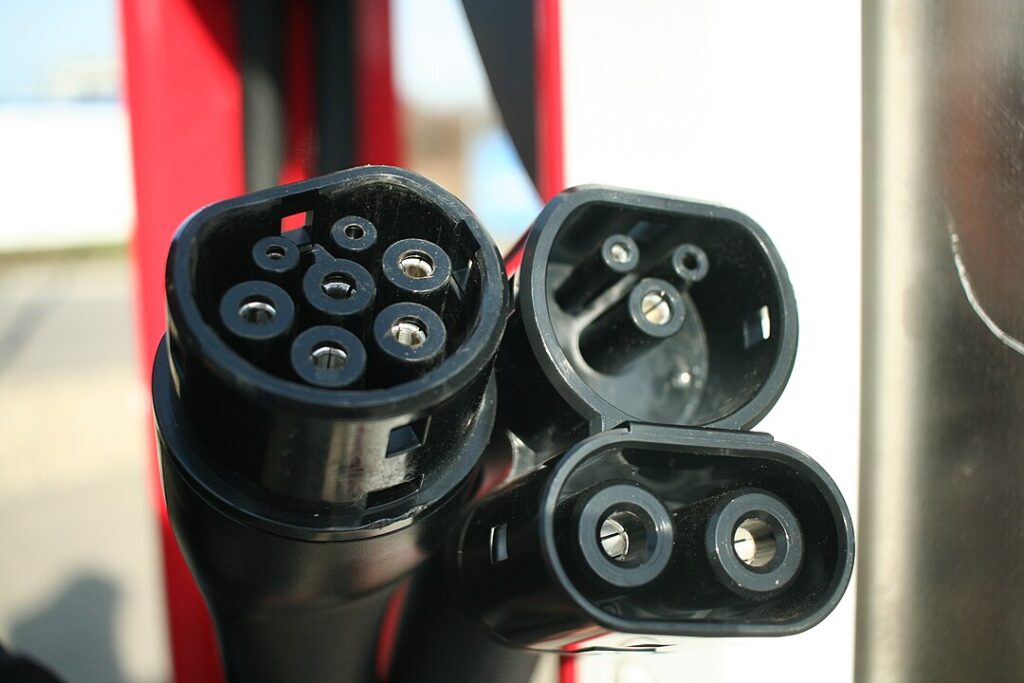
Different EV manufacturers use different types of charging connectors, and public stations don’t always support every type. Drivers may need to carry adapters, which adds extra hassle and cost, particularly if using multiple types of public chargers. While this issue is improving with more universal options becoming available, it’s still a challenge. This lack of standardization complicates the charging process for many EV owners.
Security Concerns

Many public charging stations are located in areas with minimal security, which can be concerning for drivers charging their vehicles late at night or in isolated places. Poor lighting or lack of surveillance increases the risk of theft or vandalism. Additionally, the extended time it takes to charge leaves drivers more vulnerable, as they may need to stay with their vehicle for longer periods. Security upgrades at charging stations could help mitigate these risks.
Increased Battery Degradation with Fast Charging

While fast charging is convenient, frequent use can degrade an EV’s battery more quickly. The high heat generated during fast charging can shorten battery life, leading to more frequent replacements or diminished range over time. Though necessary for long trips, relying heavily on fast chargers can become costly in the long run. Balancing fast and regular charging is key to maintaining battery health.
Lack of Amenities Near Charging Stations
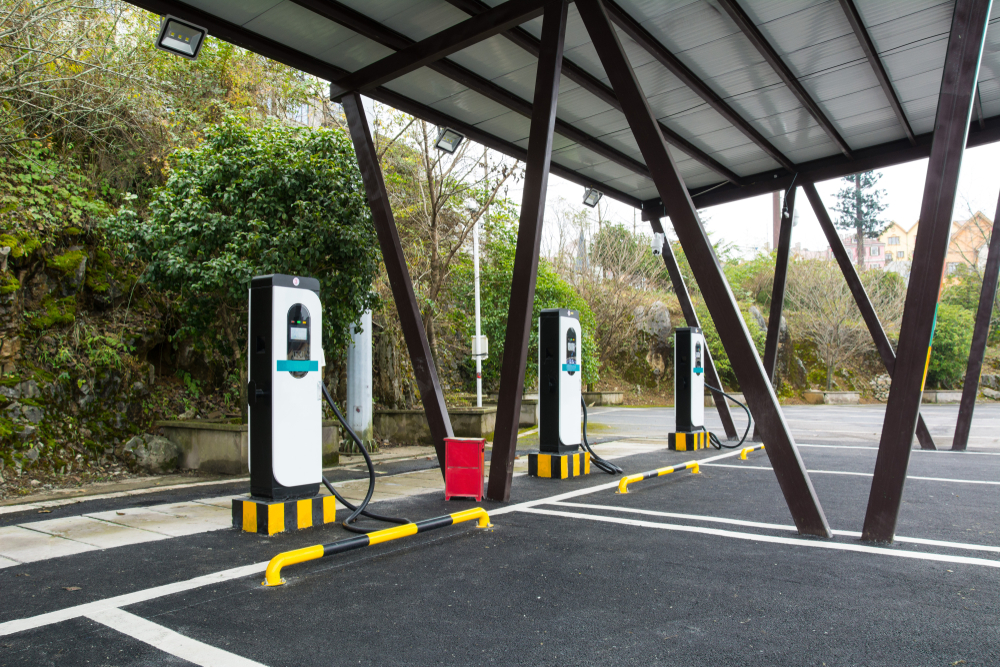
Many public charging stations are situated in locations without basic amenities like restrooms, food options, or comfortable waiting areas. Drivers may need to sit in their car or wait in uncomfortable surroundings while their vehicle charges. This lack of convenience can make long waits even more tedious, especially when compared to traditional gas stations that often offer more services.
Environmental Impact of Public Chargers
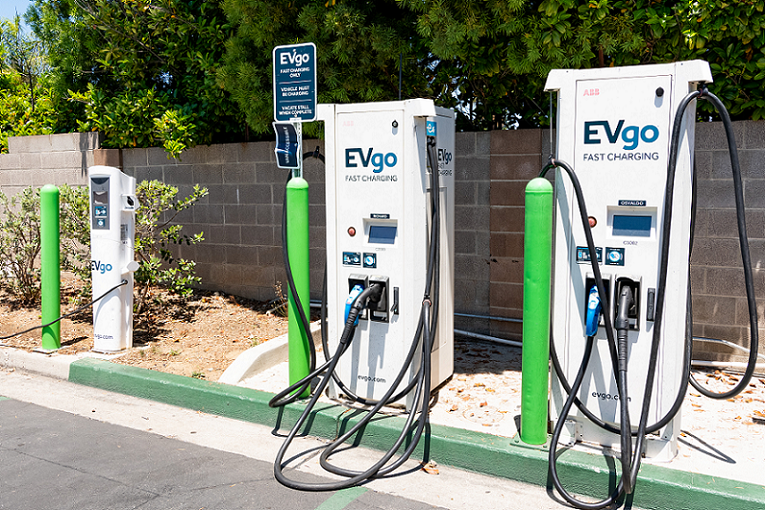
Although EVs reduce emissions, public chargers connected to grids powered by fossil fuels may undermine the environmental benefits. In areas where renewable energy is not widely available, charging an EV can still contribute to carbon emissions. Transitioning public chargers to renewable energy sources like solar or wind would improve the sustainability of EVs. Until then, the green benefits of EVs may be limited by the source of the electricity used for charging.
Lack of Support for Long-Distance Travel

Long-distance travel with an EV remains challenging due to the uneven distribution of charging stations along highways and rural routes. Even well-traveled routes may have limited chargers, forcing drivers to plan their trips meticulously. Unlike gasoline vehicles, where refueling options are plentiful, EV owners must map out their charging stops to avoid running out of power. Expanding charging infrastructure along major travel routes would greatly improve the convenience of long trips.
Weather-Related Issues
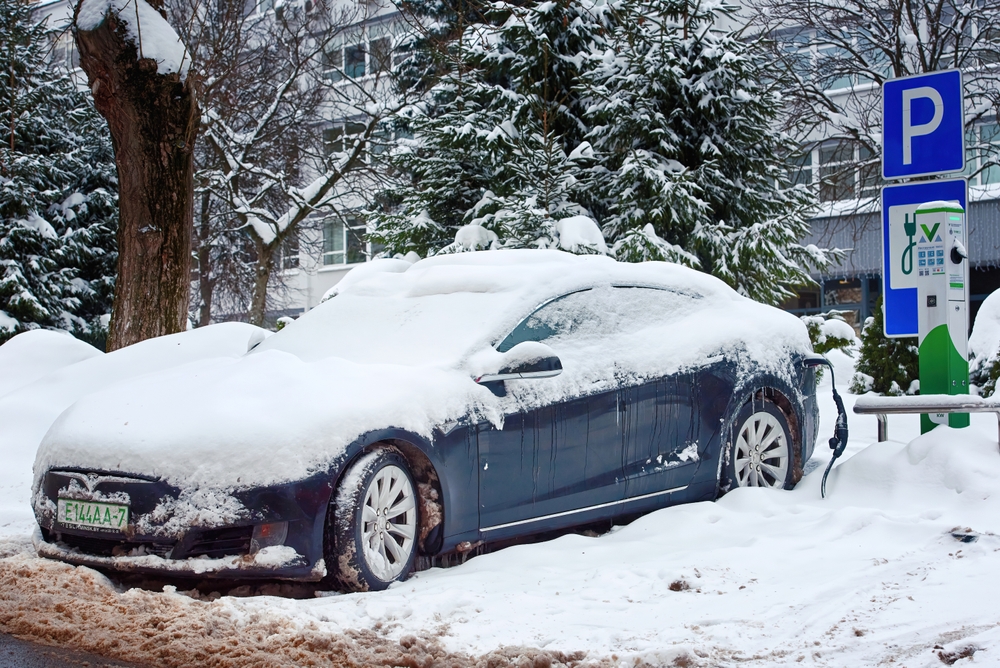
Extreme weather conditions, such as cold temperatures, can negatively affect charging speeds and EV battery efficiency. Cold weather, in particular, can slow down charging times and reduce the vehicle’s driving range, making it harder to rely on public chargers during the winter months. Rain, snow, or harsh winds can also make outdoor charging uncomfortable or difficult. These weather-related issues add another layer of inconvenience for drivers relying on public chargers.
Limited Parking at Charging Stations

Many public charging stations only have a few designated parking spots for EVs, which can lead to congestion and competition for spaces. If all charging spots are occupied, drivers may have to wait or search for another station. This limited parking availability is especially problematic in busy urban areas where EV ownership is high. Expanding the number of charging spaces at key locations would help alleviate these bottlenecks.
Dependency on Charging Networks
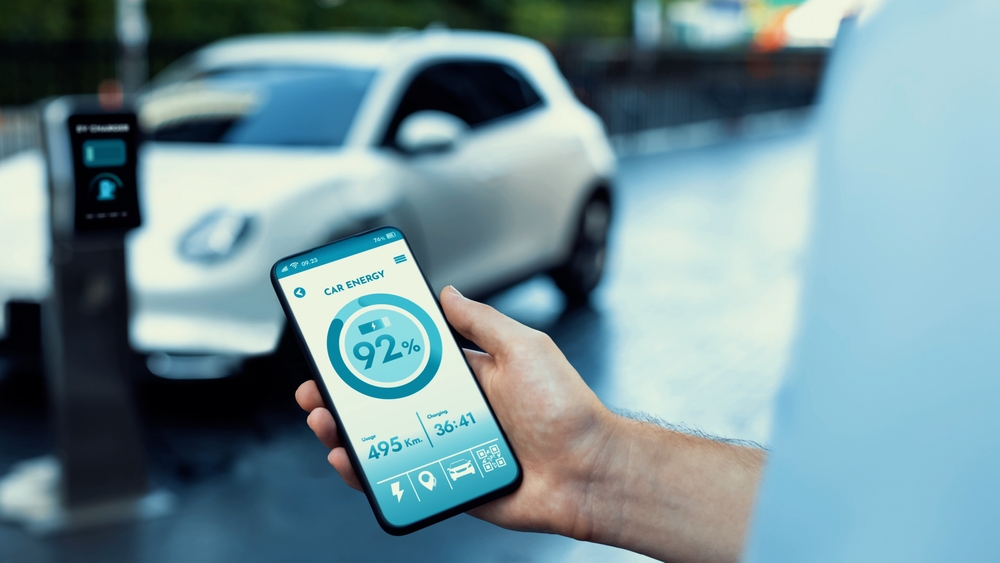
Public charging stations are often managed by private companies, which can leave EV drivers dependent on the availability and pricing policies of these networks. Outages, service issues, or price hikes from a particular provider can disrupt a driver’s ability to charge their vehicle conveniently. The monopoly-like control some companies have over specific regions limits competition and leaves consumers with fewer options. A more diverse and competitive network could improve access and reliability for all drivers.
Potential for Price Increases
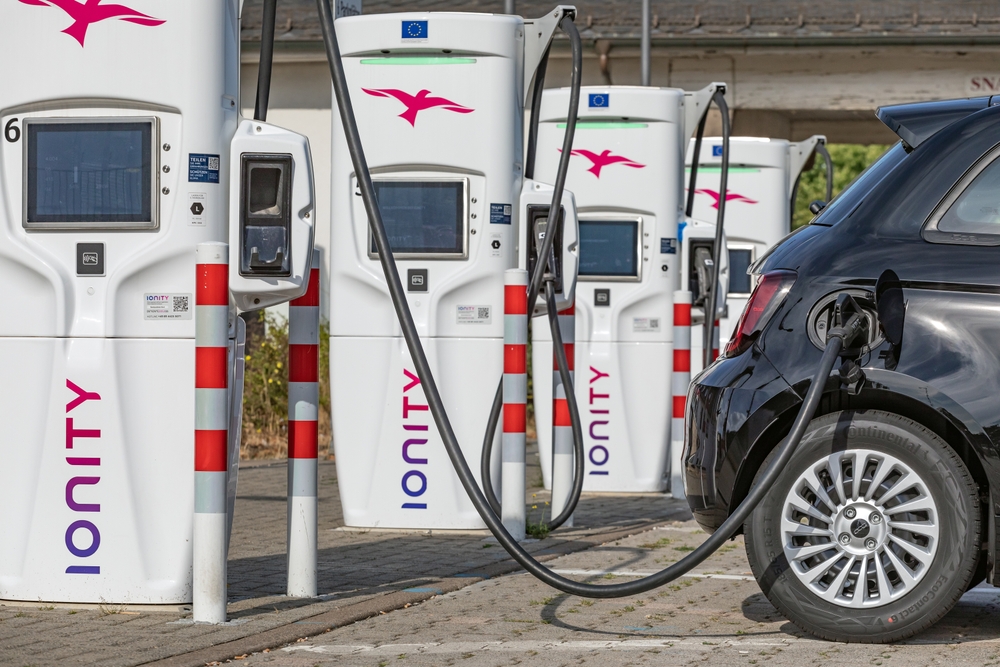
As demand for public charging grows, prices may rise, making EV ownership more expensive than anticipated. Providers may increase fees to maximize profits, particularly at fast-charging stations where drivers are willing to pay more for convenience. Unlike gasoline, where prices are relatively transparent, the cost of public EV charging can vary dramatically and unpredictably. This uncertainty adds an additional layer of financial planning for EV owners.
This article originally appeared in MyCarMakesNoise.
More from MyCarMakesNoise
10 Groundbreaking Electric Planes Ready to Change Aviation

Summer is here, and with the warm weather comes the perfect opportunity to give your car the TLC it deserves. Whether you’re cruising down the highway or parked in the driveway, the sun, heat, and elements can take a toll on your vehicle’s appearance. Read More.
20 Iconic Motorcycles That Revolutionized Speed and Style

Motorcycles have always been synonymous with freedom, adventure, and the thrill of the open road. Some classic motorcycles, however, have gone beyond mere transportation, setting new standards for speed and style. Read More.
Ford’s 16 Most Durable Trucks and Their Role in Everyday Work

When it comes to trucks that stand the test of time, Ford has a reputation for building some of the most durable vehicles on the road. Whether it’s tackling tough jobs, hauling heavy loads, or simply getting through the day, Ford trucks are designed to handle it all. Read More.














